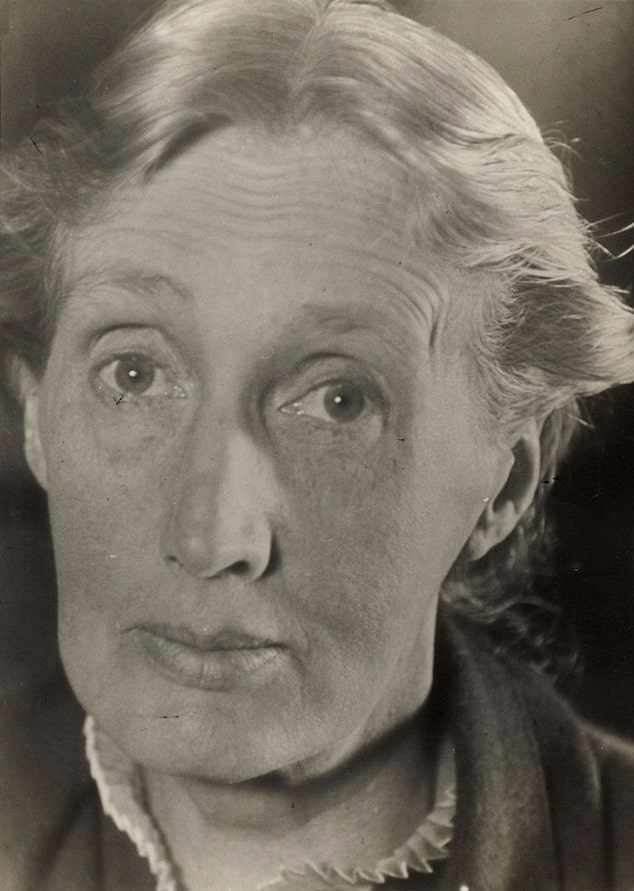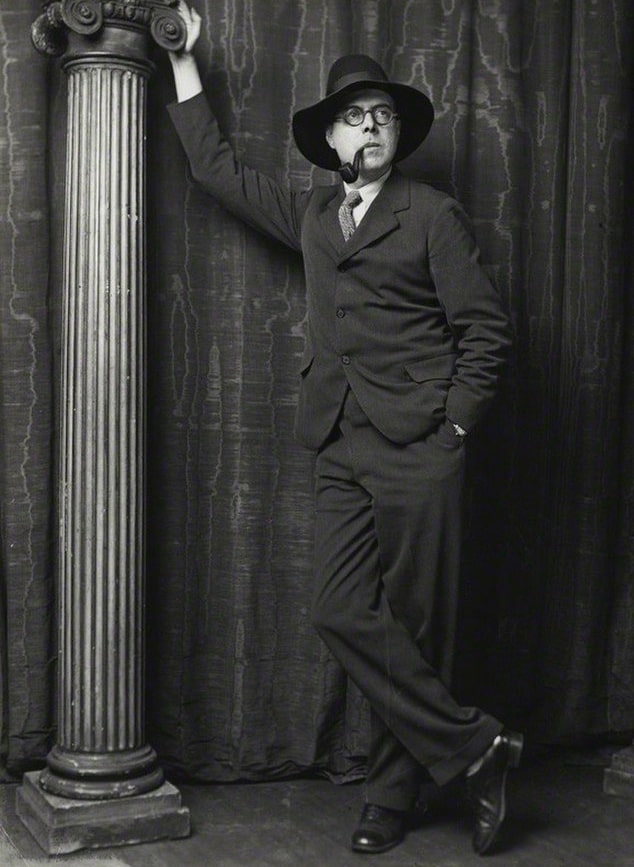Amid the ongoing centenary celebrations of modernism looking back from 2022 to 1922, the year of modernism’s most famous texts, uncanny echoes of the traumas that overshadowed the early twentieth century present themselves. Celebrating major works like T. S. Eliot’s The Waste Land, Virginia Woolf’s Jacob’s Room, or James Joyce’s Ulysses means commemorating texts that are still influential today and evoking a historical moment that remains strangely familiar.
Modernism’s most experimental phase, the 1920s, had three major traumatic determinants: the First World War, the Russian Revolution, and the Spanish Flu pandemic (1918-1920). Writing after these events meant writing, however obliquely, about these events—about their unmanageable interruptions, deadly upheavals, world-changing cataclysms, and utopian possibilities. Writing about the Spanish Flu meant trying to understand a world altering radically with each passing year. Unwittingly, it also meant helping people a century later to think through another world-changing virus—one that, in being sent round the globe by the connective vectors that made modernism possible (e.g. the aeroplane), has tragic cultural ironies.
In her ground-breaking book Viral Modernism (2019), the scholar Elizabeth Outka has shown that modernism’s post-viral entanglements resonate all too intimately with our present moment of COVID-19-induced discomposure. ‘A lethal pandemic’, Outka writes, ‘leaves few tangible reminders behind. […] Its effects are felt everywhere but located in no particular place, except perhaps in the bodies and memories of the living who remain.’ Think of the protagonist of Woolf’s Mrs Dalloway (1925), for example, who, like Woolf herself, is a survivor of influenzic infection. In both cases, bodies are signs of collective trauma. Moreover, Mrs Dalloway suggests that for the engaged writer viral trauma is not only a creative spur but also a kind of ethical responsibility. The modernists knew that the novel as a form had to be answerable to history, embodying trauma’s dislocations in its narrative styles. Hence the experimentalism of Mrs Dalloway, whose fluid mixture of perspectives signals its own post-viral up-to-dateness.
 Novelist and essayist, Virginia Woolf (1882–1941)
Novelist and essayist, Virginia Woolf (1882–1941)
Trauma gave the modernists new horrors to assess. It also engineered new spatio-temporal psychologies. The modernist painter and writer Wyndham Lewis—no friend of Woolf’s but comparable to her in his serious attitude towards epoch-making change—thought that the First World War acted as a ‘bridge’ separating eras as different as tropical and lunar landscapes. To imagine that a ‘new normal’ could somehow recapitulate the way things were was a fool’s game. His epic satire The Apes of God (1930) mocks those who couldn’t or wouldn’t see the bridge for what it was: a path never to be re-crossed.
 British writer, painter, and critic, Wyndham Lewis (1882–1957)
British writer, painter, and critic, Wyndham Lewis (1882–1957)
Modernism shows how people are shattered by war, how political realities are overturned by revolution, and how viral infection heeds no barriers—geographical, financial, or ideological. In 2022 we can see how modernism suggests that those who stuck their heads in the post-war, post-revolutionary sand, or who mischaracterized or downplayed the influenza pandemic in a gesture of anti-traumatic complacency, hadn’t faced the pressures of a world increasingly unsympathetic to human desires. Lewis, for one, insisted that the new normal was unchallengeable: ‘There is no passage back’, he wrote, ‘to the lands of yesterday’: ‘those whose interests lie all ahead, whose credentials are in the future, move […] away from the sealed and obstructed past.’ Such remarks indicate modernism’s post-traumatic awareness—its claim that art is for the future, for reconstruction. They also hint at how modernism can still remind us now, as so many health agencies have done since the COVID-19 pandemic started, to look reality squarely in the face, warning against the thought that trauma can somehow be wished away.
Modernism’s enduring relevance, across literature, art, sculpture, dance, music, architecture, painting, decoration, and fashion, is often found in its efforts to be new. It’s also there, as the works of writers like Woolf and Lewis among many others bear out, in modernism’s drive to confront the new. And here there are valuable lessons for our own viral times, which continually tempt us, as the modernists were tempted, with a fantasy of retrieval—with the melancholy dream of returning to yesterday.